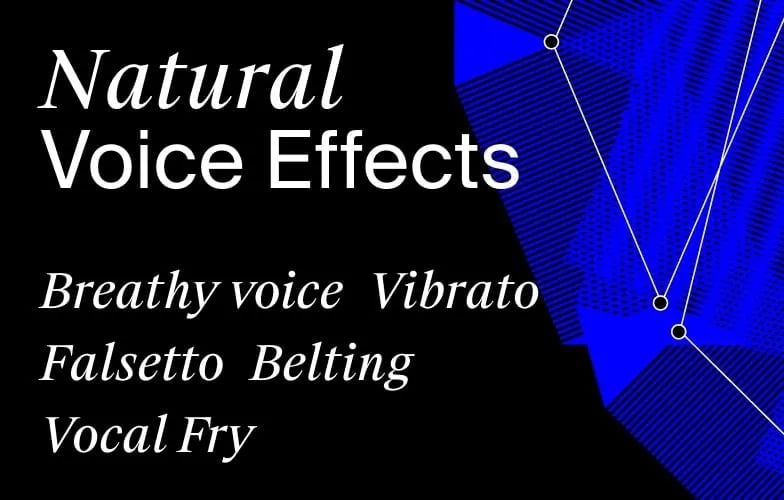How to Clone a Voice: A Beginner's Guide to Voice Cloning
The artificial intelligence industry has greatly improved over the last few years. Voice recognition technology is divided into two parts, known as the phonetic recognition of different words and the interpretation of the actual language. Based on Statista's recent report, the speech recognition market was estimated at 12 billion U.S. dollars in 2022. In addition, the demand for the field is growing, so experts say that the market could reach up to 50 billion U.S. dollars in 2029 - numbers are astonishing.
Among many AI use cases, there are some that attract modern businesses the most. First of all, cloning your voice can offer a vast range of cost-effective opportunities for both personal and professional use, including improved personalization and allow for localization. We developed this guide to help you learn various methods and tools available to clone your voice with AI while also highlighting the benefits and limitations of speech recognition and cloning technologies.
What is AI Voice Cloning?
Voice cloning is a technology that uses AI and ML to create a synthetic version of someone's voice (clone it). The voice cloning with AI uses voice copy software that was previously trained on a sample of the person's speech. AI is able to learn unique characteristics that make various voices distinct, making the final version highly accurate.
How Does AI Voice Cloning Work?
Voice cloning AI works by collecting audio samples of the speaker. While the working process depends on the type of voice cloning (which will be discussed below), we are going to describe traditional voice cloning. The more samples of the target speaker you have, the better the final model will be. The range of samples also hugely affects the final model since machine learning should be able to capture different speaking styles, emotions, and accents.
The samples you collect are then fed into a deep-learning algorithm that develops a realistic AI voice over. This algorithm identifies patterns in the speech of a target speaker and learns how to replicate them. The rule is pretty simple - the more data you give the algorithm to work with, the better the generated voice clone will be.
The last step is to train the model on the voiceprint, allowing the technology to start generating new speech that will sound like the original speaker. Businesses can train the generated voice to say anything as long as the algorithm has enough data to work with.
4 Key Voice Cloning Use Cases
Once you clone your voice, you may use it in the following ways (only a few use cases are listed below):
- Content Creation: Voiceovers are highly popular in videos (dubbing) and podcasts. Using AI voice cloning tools like Rask AI in content creation allows users to save time, effort, and money and make changes on the fly.
- Audio Editing: AI voice cloning makes it easy and fast to make needed changes in audio recordings in case of mistakes.
- Increase accessibility: This technology allows users to convert written content into an audio format or create their own audiobooks, increasing accessibility for customers with visual impairments or those who prefer listening to format over text.
- Personalization: Using a voice clone allows companies or creators to add personalization into interactions with customers or fans. This could be personalized messages or voice responses.
AI Voice Cloning Features
Besides replicating people's voices, AI voice cloning software offers many amazing features that are hard to ignore:
Natural Sounds
Have you ever heard those robotic sounds in many videos online? Voice cloning with AI has nothing to do with that. Machine learning is able to identify and pick accents and emotions, so it accurately mimics the human voice and sounds natural.
Multiple Languages to Choose From
Do you imagine how many people you can attract if you make your content available in hundreds of languages? Therefore, when typing your text in your native language, the generated voice will be in any language you choose. So it definitely is not limited to English.
Ability to Change Settings
es, sometimes the generated voice may sound a little off. But AI tools allow you to easily change settings like pitch and speed so you can create a voice that perfectly matches the original one.
How to Clone Someone's Voice | 2 Ways
1. AI Voice Cloning Tools
Simply put, the AI voice cloning process with tools is a deep fake method that analyzes and replicates a human's voice. According to users' experience, all that is needed is a voice sample of the voice you plan to replicate, and the AI will do the rest. Once the replica is ready, you can just write a text that the AI should read in a copied voice.
Among the most popular AI tools are now Rask AI, Murf, and Respeecher. They all differ in features and among languages you can use for a copied voice, so invest time in research.
Rask AI was designed to cover the latest users' needs in terms of dubbing and localization, offering up to 130 languages (which is almost twice as much as in most similar apps). You can also install Voicemod's free Chrome Extension or AI voice over free to record your voice in meetings or Discord chats.
2. Hire a Team
Classic though still relevant and effective, the way to clone the voice is by hiring a team - whether it is outsourcing or freelance work. Make sure you invest enough time in market research since you will want to find a team with relevant experience and payment based on the entire work instead of words.
Wrapping Up
Voice cloning technology is still in its infancy. But we already see how companies and creators use it in different domains. With so many benefits and opportunities it has to offer, voice cloning is the leading marketing tool alongside localization and dubbing for content creators. Knowing hows and whys can help you better understand the modern market and choose the best option for you based on specific needs.
FAQ
It is always better to use voice cloning AI technology to copy someone's voice. You need to find a tool, like Rask AI, that can learn and mimic the specific characteristics of a person's voice.
Rask AI is the leading localization and translation tool. You can use it to add AI cloning voice to organize smooth customer training, boost your marketing campaigns, improve content quality, and go global.
AI voice cloning machine learning is working by deep learning algorithms to generate one's voice. The technology generates speech patterns only after learning the characteristics of one's voice if there is enough data to work with.
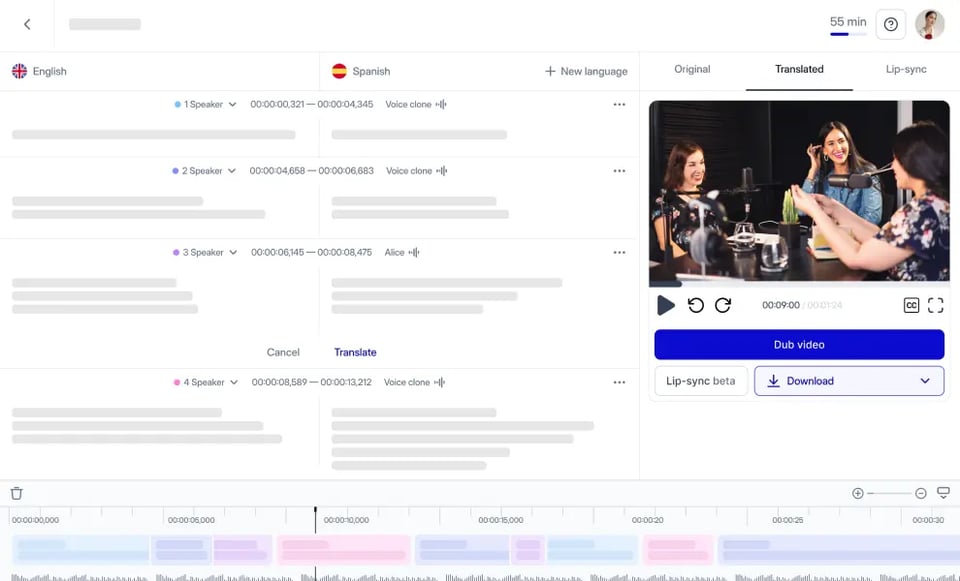
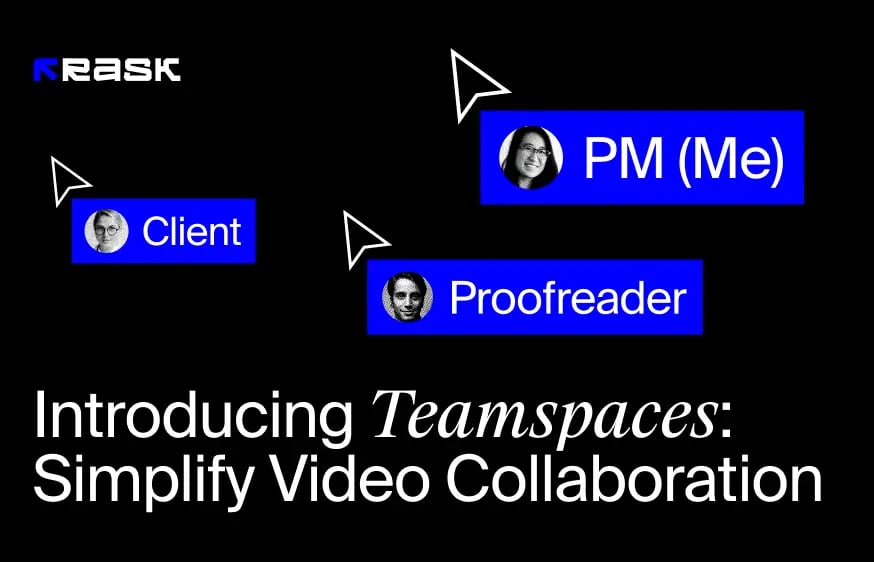
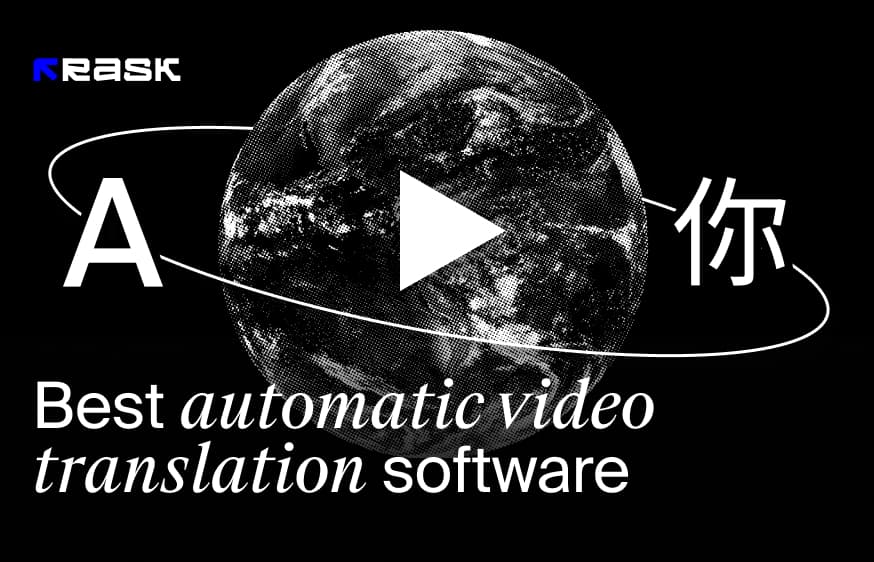
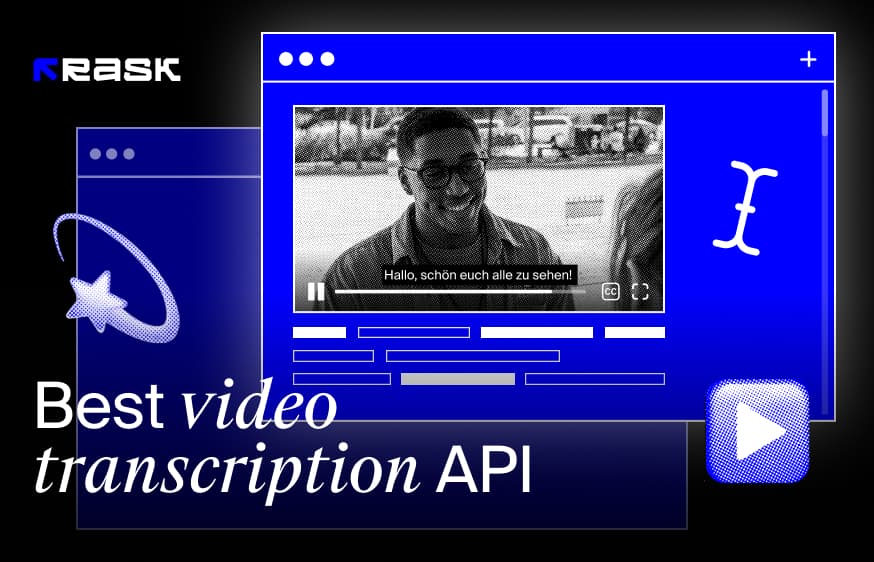
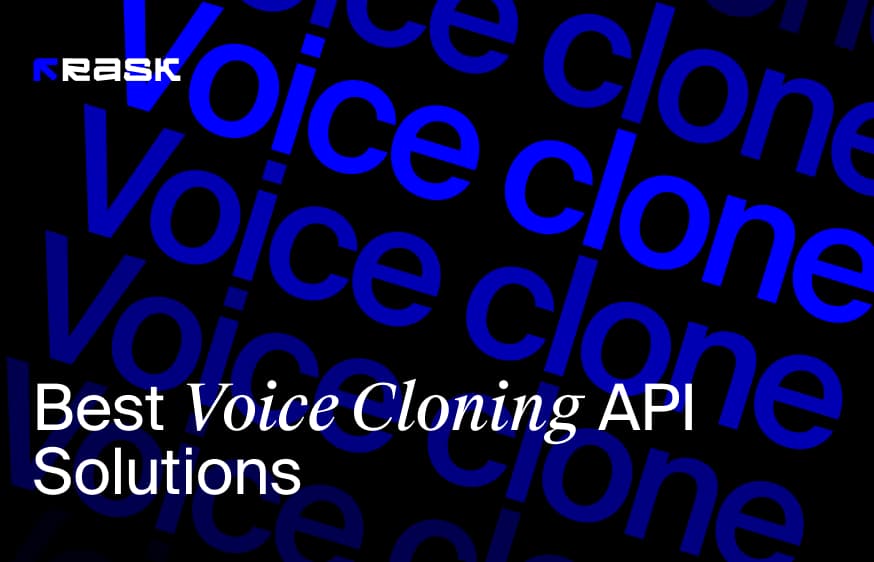
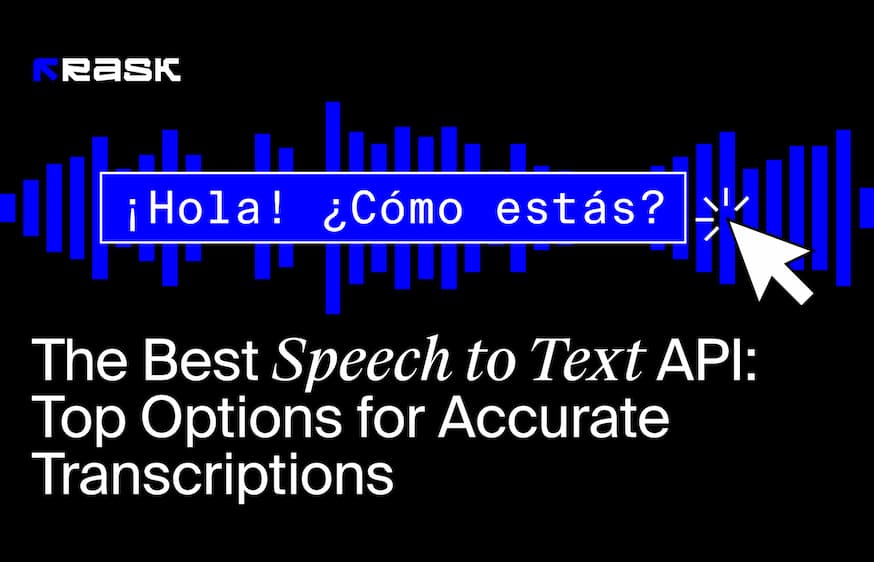

.jpg)
.webp)
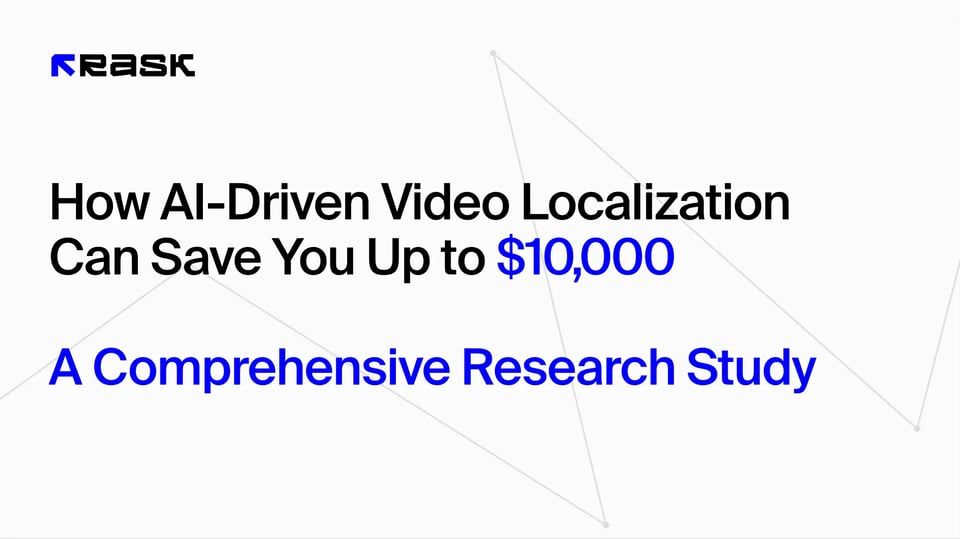

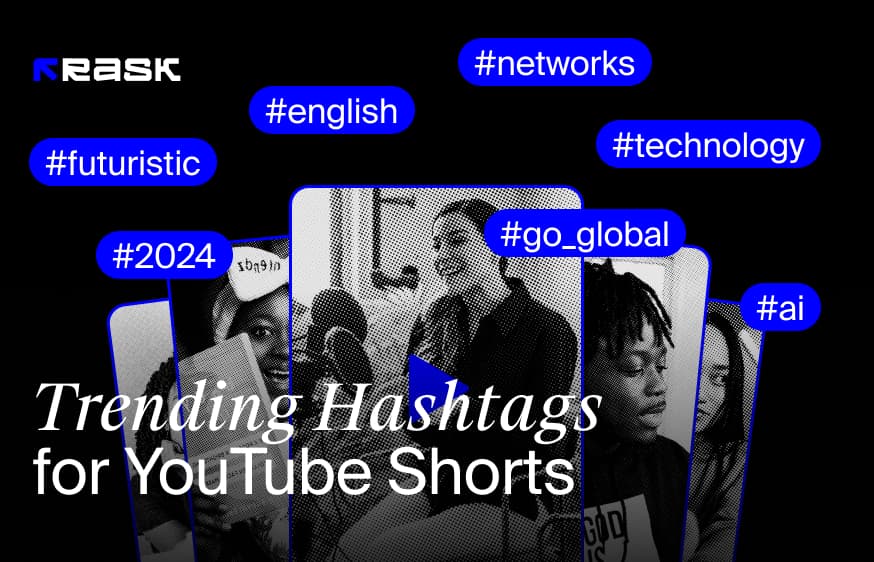
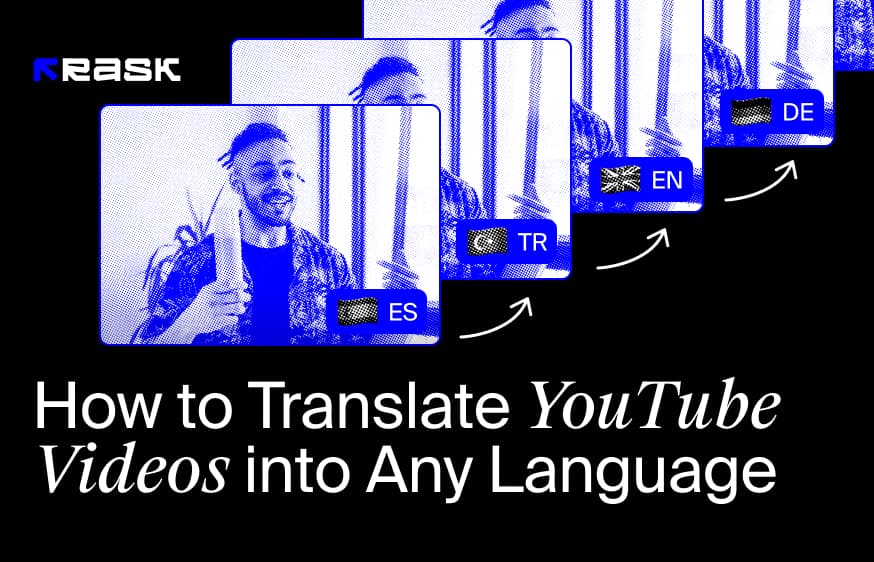
![8 Best Video Translator App for Content Creators [of 2024]](https://rask.ai/cdn-cgi/image/width=960,format=auto,fit=scale-down/https://cdn.prod.website-files.com/63d41bc99674c403e4a7cef7/6668a3dcd3175bd1d1c73c81_Best%20video%20translator%20apps%20cover.webp)
![Best AI Dubbing Software for Video Localization [of 2024]](https://rask.ai/cdn-cgi/image/width=960,format=auto,fit=scale-down/https://cdn.prod.website-files.com/63d41bc99674c403e4a7cef7/66685014f68137eb05c89c16_Cover.webp)

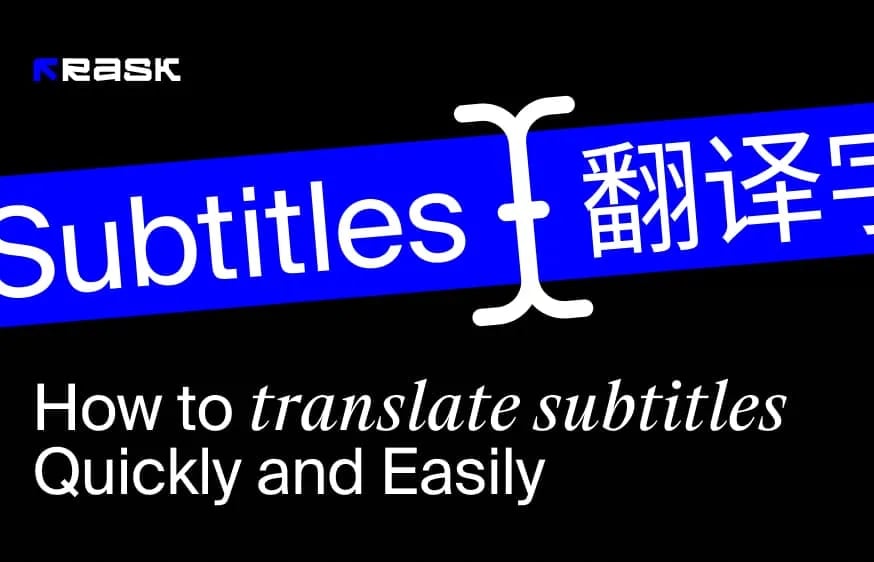
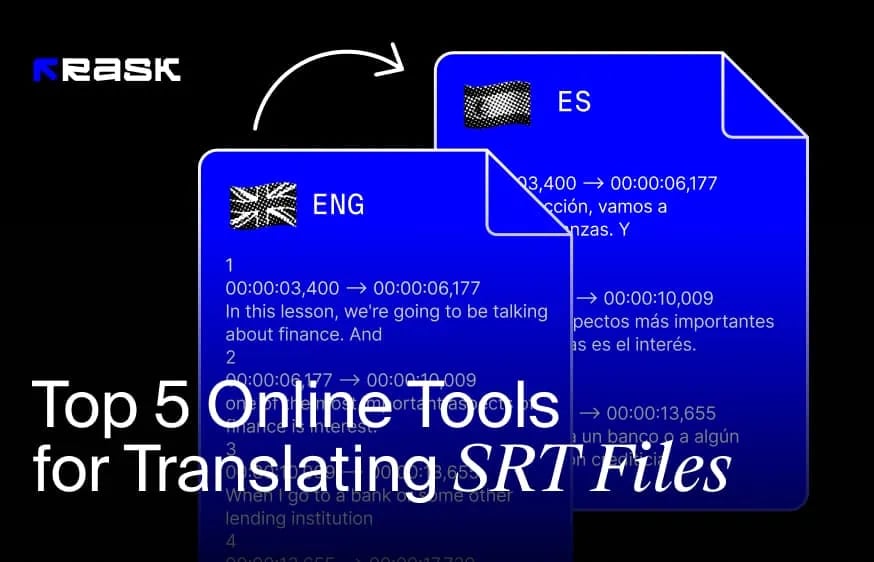

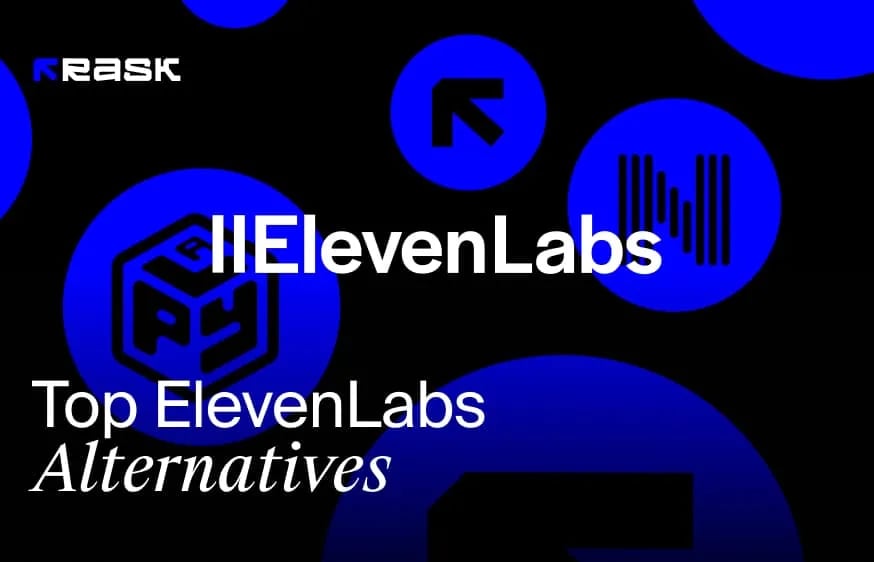
.webp)

